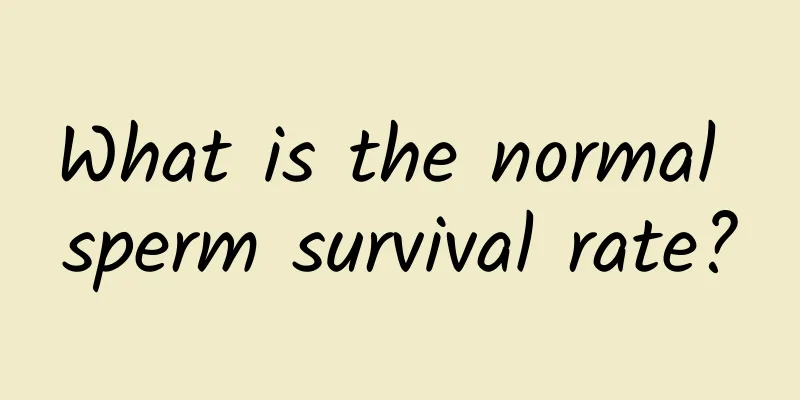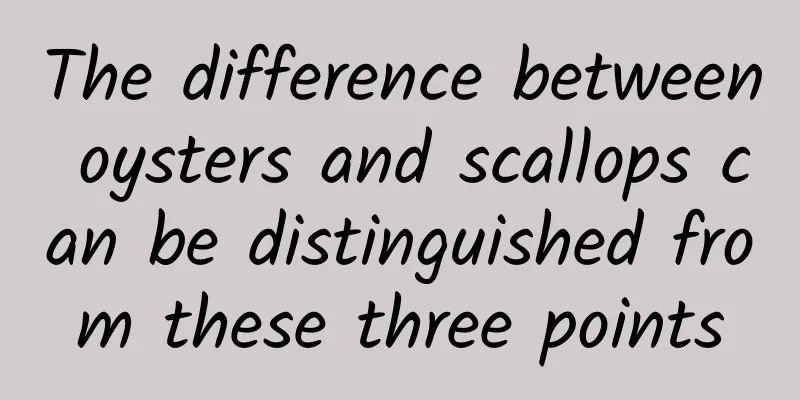What are the diagnosis and treatment methods for prostatic urinary retention?

|
Prostatic urinary retention is a disease that troubles many men. After suffering from this disease, basically there will be symptoms such as inability to urinate normally and pseudo-incontinence. The pain it brings is self-evident! Patients with prostatic urinary retention must go to the hospital for diagnosis and treatment in time, and must not delay the best treatment time, otherwise it will greatly increase the difficulty of treatment. Prostatic urinary retention is generally divided into two types, one is acute and the other is chronic. Different types of symptoms require different treatment methods. Below, I will introduce the diagnosis and treatment methods of prostatic urinary retention, hoping to be helpful to everyone! 1. Diagnostic methods for prostatic urinary retention Urinary retention should be distinguished from anuria. Some people have symptoms of anuria, which is not urine retention. It is often due to renal failure and the kidneys cannot produce enough urine. For patients with unclear diagnosis, B-ultrasound examination can be performed. If there is no urine in the bladder, it may be caused by kidney damage, and it should be actively treated to restore kidney function as soon as possible. 2. Treatment of acute prostatic urinary retention The principle of treatment is to eliminate the cause and restore urination. If the cause is unknown or the obstruction is difficult to eliminate for the time being, catheterization or suprapubic cystostomy should be performed to drain the bladder urine to relieve the pain, and then further examinations should be performed to clarify the cause. If urination is still not possible after treatment such as hot compress or acupuncture in the suprapubic bladder area, catheterization can be performed. If the urinary retention cannot be recovered in a short time, a urinary catheter should be left in place for continuous catheterization and removed as appropriate. For patients with acute urinary retention who cannot insert a urinary catheter, suprapubic cystostomy should be performed. If there is no bladder puncture needle, suprapubic cystostomy can be performed surgically. If the cause of the obstruction cannot be eliminated, urine can be drained permanently and the cystostomy catheter can be replaced regularly. When a catheter is placed or a cystocentesis is performed to drain urine for acute urinary retention, the urine should be released slowly and intermittently, 500 to 800 ml each time, to avoid emptying the bladder quickly, which will cause a sudden drop in bladder pressure and cause massive bleeding in the bladder. 3. Treatment of chronic prostatic urinary retention If it is caused by mechanical obstruction, patients with upper urinary tract dilatation, hydronephrosis, and renal function impairment should first undergo bladder drainage, and after the hydronephrosis is relieved and renal function is improved, the obstruction should be relieved according to the cause. If it is caused by dynamic obstruction, most patients need to have a urinary catheter and change it regularly; patients with severe upper urinary tract hydronephrosis can undergo urinary diversion surgery such as suprapubic cystostomy or nephrostomy. Treat the primary disease and relieve the obstruction according to the condition. For example, patients with prostatic hyperplasia can undergo prostatectomy; those who cannot tolerate prostatectomy can undergo suprapubic cystostomy. For patients with bladder neck obstruction, transurethral bladder neck electroresection or bladder neck plasty should be performed. For patients with urethral stenosis, urethral dilation or cold knife incision under transurethroscopic observation can be performed. Bladder stones should be removed. Bladder tumors should be treated accordingly. Neurogenic bladder and bladder detrusor muscle weakness can be treated with drugs first. If it is ineffective, cystostomy is required. |
<<: What are the functions of nitrogen pump
>>: What medicine is the best for kidney tonification? You can choose these!
Recommend
Symptoms of excessive estrogen secretion in men
If there is too much estrogen in a man's body...
Symptoms of male warts, be careful!
The appearance of condyloma acuminatum has brough...
Interventional treatment of prostatitis
Prostatitis is a particularly serious disease tha...
How can men nourish their liver and lungs?
Men's health can bring great responsibility t...
How to cook garlic agarwood, common ways to eat agarwood
Among the various ways of cooking agarwood, diffe...
How to read sperm test report
Many people may feel guilty about the problems of...
Does eating betel nut affect sperm quality?
Will eating betel nut affect the quality of sperm...
What causes abdominal pain in boys?
There are many boys who keep their penis erect wh...
Contraception has many hidden dangers. Is there any sterilization drug suitable for men?
In the lives of couples, contraception has always...
How long does it take to recover from circumcision surgery?
Long foreskin refers to the condition in which th...
How to test for HIV? Just follow these three steps at home
AIDS is a kind of sexually transmitted disease, b...
What are the dangers of high estrogen?
The difference between men and women is that men ...
What disease is the manifestation of stinging pain in the glans penis when urinating?
When urinating, the glans penis stinging is a phe...
Do men feel tired the next day after ejaculation?
I have sex once a week, and I feel very tired the...
Is it normal for the penis to have two eyes?
If you find two holes on your penis, don't be...









